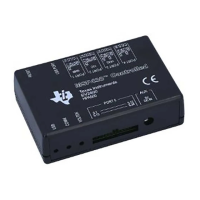
Do you have a question about the Texas Instruments EV2400 and is the answer not in the manual?
| Interface | USB |
|---|---|
| Operating Voltage | 5V |
| Host Interface | USB |
| Purpose | Evaluation |
| Target Interface | I2C |
Lists key features of the EV2400 board, including USB power, optional 5-V port, and API interfaces.
Details the items included in the EV2400 kit, such as the circuit module and USB cable.
Provides the EVM part number for ordering the EV2400.
Overview of the EV2400 ports and the controller.
Details the EV2400 controller, an MSP430F5529, and its communication protocols.
Describes the USB interface, power source, and driver compatibility.
States that the HDQ interface is not currently supported.
Explains the I2C interface for host communication with devices like battery monitors.
Details the SMBus interface for host communication with devices like battery monitors.
Lists all components with their reference designators, values, descriptions, and manufacturers.
Illustrates the physical placement of components on the top assembly of the EV2400 board.
Shows the component layout on the bottom side of the EV2400 circuit board.
Depicts the conductive traces on the first layer of the EV2400 PCB.
Depicts the conductive traces on the second layer of the EV2400 PCB.
Illustrates the solder mask pattern on the first layer of the EV2400 board.
Illustrates the solder mask pattern on the second layer of the EV2400 board.
Shows the silkscreen markings for component identification and placement on the EV2400.
Presents the first page of the EV2400 circuit schematic, detailing the main microcontroller and peripherals.
Presents the second page of the EV2400 circuit schematic, showing power supplies and interface components.
Presents the third page of the EV2400 circuit schematic, detailing voltage regulators and potentiometers.
Details changes made between document revisions, specifically the deletion of HDQ/DQ support.
User responsibilities, warranty information, and application limitations for the EVM.
Compliance statements regarding FCC Rules and Canadian ICES-003 standards.
Safety warnings regarding operation, component temperatures, voltages, and personnel qualifications.

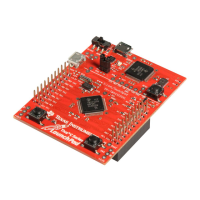
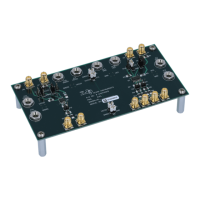
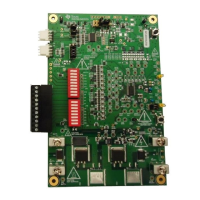

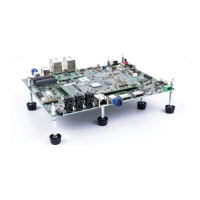
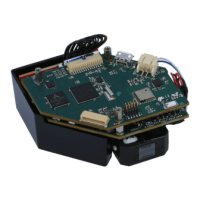
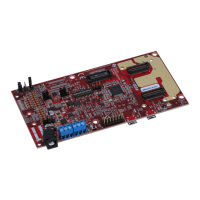
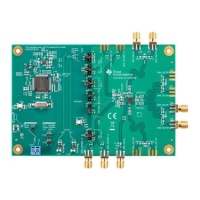
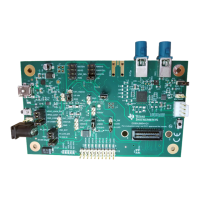

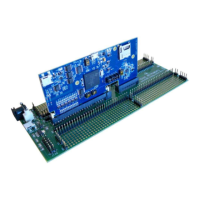
